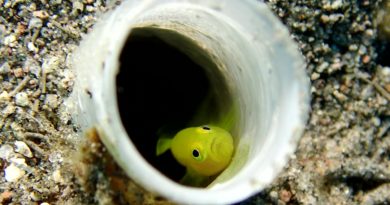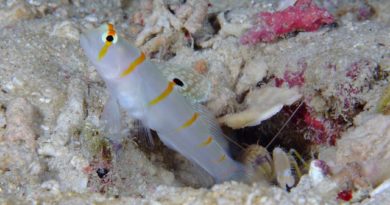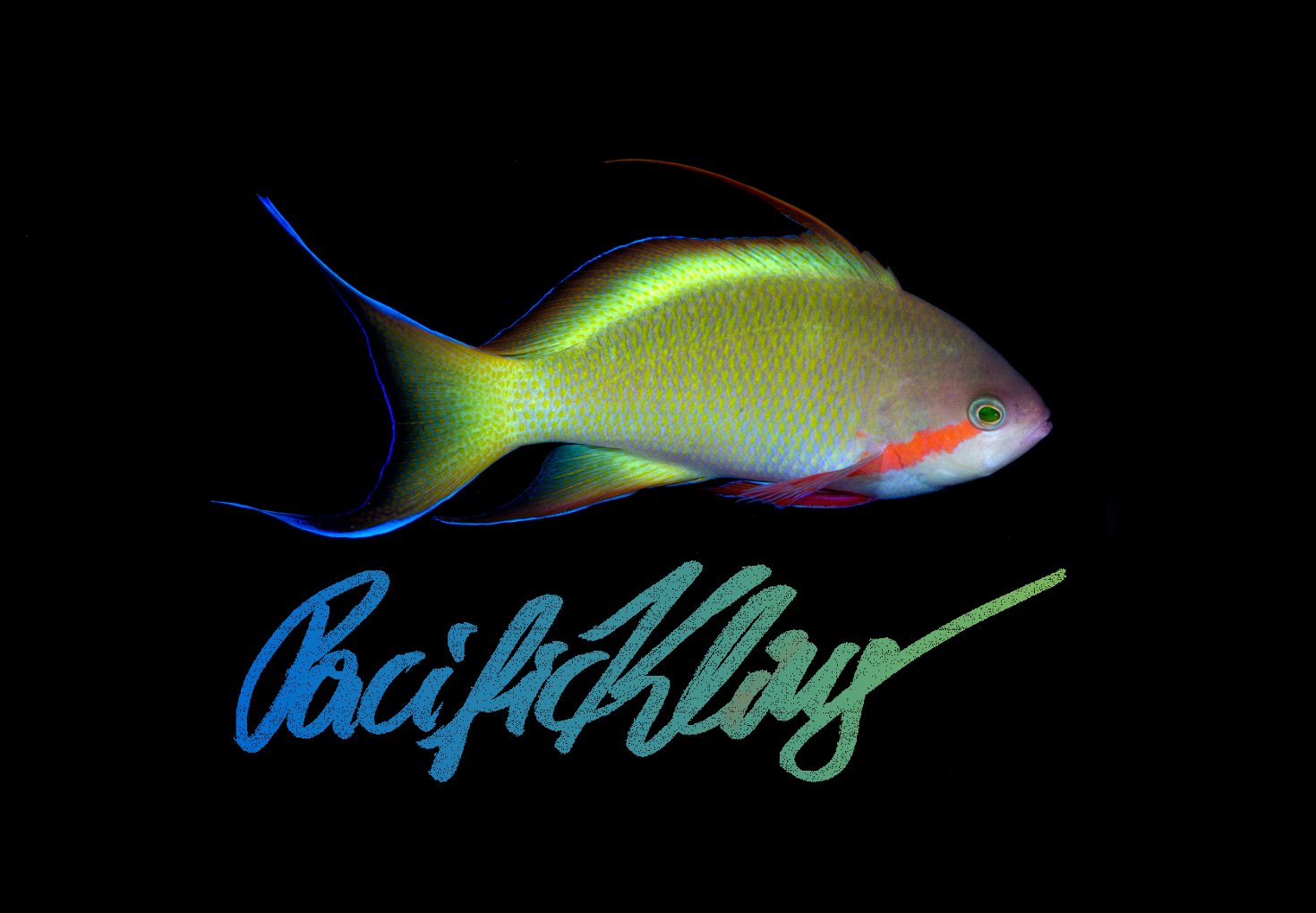Fish Locomotion: Unusual Swimming Styles
Fish – almost per definition move about by swimming. The classic way of swimming is a side-wards undulation of the body, with forward motion mainly generated by the caudal fin. There are a number of variants of this basic type of swimming. You can find pointers to the relevant literature on fish swimming in my fish bio lecture notes (linked below). In essence, fast swimming fish evolved towards almost exclusively undulating the caudal fin only (not the body), while fishes in need of fine maneuvering use some combination of their pectoral, ventral, dorsal and anal fins.
There are even more variants of fish swimming, which are broadly fitting into the scheme mentioned above, but are still unique in their special ways. I’d like to introduce three examples.
Gurnard
The flying gurnard is a relatively small, bottom-dwelling fish found in the tropics and sub-tropics of the Indo-Pacific. If seems to use its large pectoral fins to glide along, while it creates propulsion with is caudal fin. Any kind of gliding is usually restricted to very large animals like manta rays, but for short distances it seems to be working for the gurnard as well. I am speculating here somewhat, of course – but the pectoral fins do seem to play a role in the fish’s locomotion, and they are not beating to create propulsion.
There is most likely a 2nd purpose for the gurnard’s spreading of its pectoral fins, and that is signaling. The false eye spots on the fins likely serve to deter would-be predators.
Razor Wrasse
In the case of the razor wrasse, the unique swimming style of the juvenile fish is brought about by the need to camouflage itself. The fish looks like a piece of detached plant material, and adapted its swimming style to also look like a drifting piece of seaweed. This type of swimming is almost exclusively tailored towards not looking like a fish, and it does very little for forward propulsion; the juvenile wrasses often simply go in the direction of the current.
In the video below, I slowed the wrasse’s swimming down to make the odd style stand out even more:
Frogfish
Frogfishes are a rather unique family of fishes. Generally, their ecological niche is to sit on the reef and lie in wait for their pray to approach them, unaware that they are predatory fishes and not lumps of sponge. Their lure – mimicking a worm – which is derived from fin spines also helps. Hence, in general frogfishes stay in one place, and only rarely move to a new hunting spot. In the video below we were lucky enough to see a Commerson’s (of giant) frogfish swim. The fish used a mix of fins, though mainly propulsion by its caudal fin. Frogfishes are also known to use their tube-like gill opening for jet-propelling, in the video you can see the gill opening closing and opening, it’s hard to say how from the video alone much the jet propulsion contributed to the frogfish’s movement.


